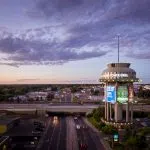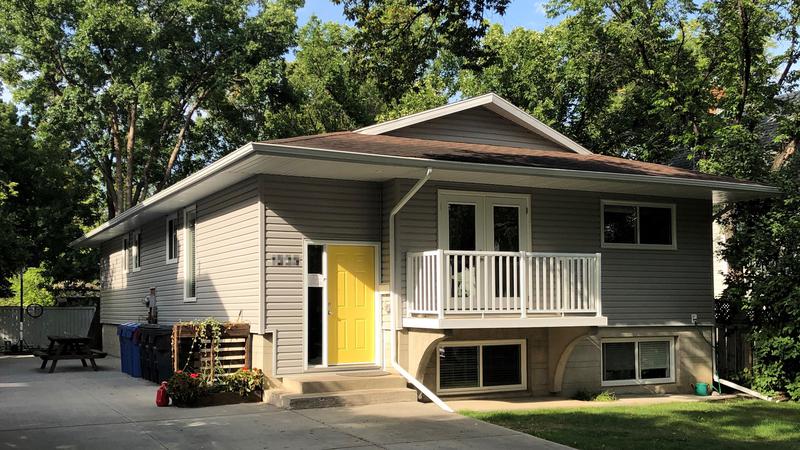
Lethbridge home to nearly 400 trans and non-binary people: Census
LETHBRIDGE, AB – For the first time ever, we now have a clear picture of how many people in Canada have non-heteronormative gender identities.
The 2021 Canada census asked people about both their current gender identity and their sex at birth. Canada is now the first country to collect and publish data on gender diversity through a national census.
For the majority of people, their current gender and sex at birth are the same. For people who identify as transgender, these two do not align, while those who consider themselves to be non-binary do not exclusively categorize themselves as being male or female.
For census purposes, the following statistics include those who are at least 15 years old and living in a private household in 2021.





